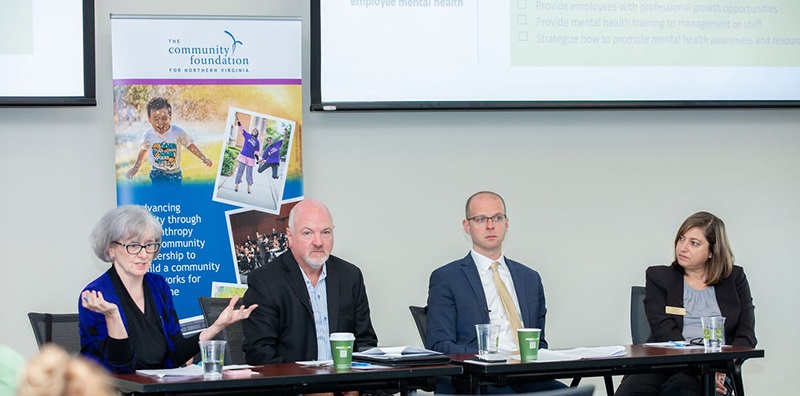In 2019, worker mental health represented a salient but relatively uncommon issue for Northern Virginia employers: approximately 11 percent of working adults were experiencing mild anxiety or depression, and 7 percent fell into a clinical range.
During the pandemic, these rates spiked, and have remained high. As of May 2023, 58% of Northern Virginia's workforce was experiencing some level of anxiety or depression, and a quarter were in the clinical range— requiring any degree of treatment or intervention. This research estimates that since 2020, Northern Virginia has lost $8 billion each year in unrealized economic output due to the impaired mental health of its workforce: a quadrupling of losses seen prior to the pandemic. We now know that the Commonwealth of Virginia lost $22 billion in potential gross state product in 2022.
To date, the economic impact of this phenomenon was implicitly understood but unmeasured. Through a partnership between the Community Foundation for Northern Virginia and the George Mason University Center for Regional Analysis, researchers teamed up to develop a novel method to estimate the impact of worker mental health on productivity and gross regional product. The Community Foundation and GMU's CRA partnered on this work for about a year.
Effectively addressing these challenges will take significant focus and attention from all of the civil sector: social, private, and government. Quantifying the loss of workforce productivity and then translating that loss into concrete economic terms may help move all sectors to action and help encourage the creation of more solutions to these complex human needs. Dr. Keith Waters, one of the partners on the report, said at our October 12 presentation "Better mental health for workers means more productivity, more tax revenue, and more programs for those who need help."
On October 12, 2023, the Community Foundation presented the findings with GMU in a hybrid presentation. You can access the powerpoint, as well as resources shared in the zoom chat on the report page. Lastly, the recording of the presentation, and a .pdf of the report, are below.
DOWNLOAD THE REPORT
What is The Economic Impact of Mental Health in Northern Virginia?
October 16, 2023


 Questions?
Questions?




